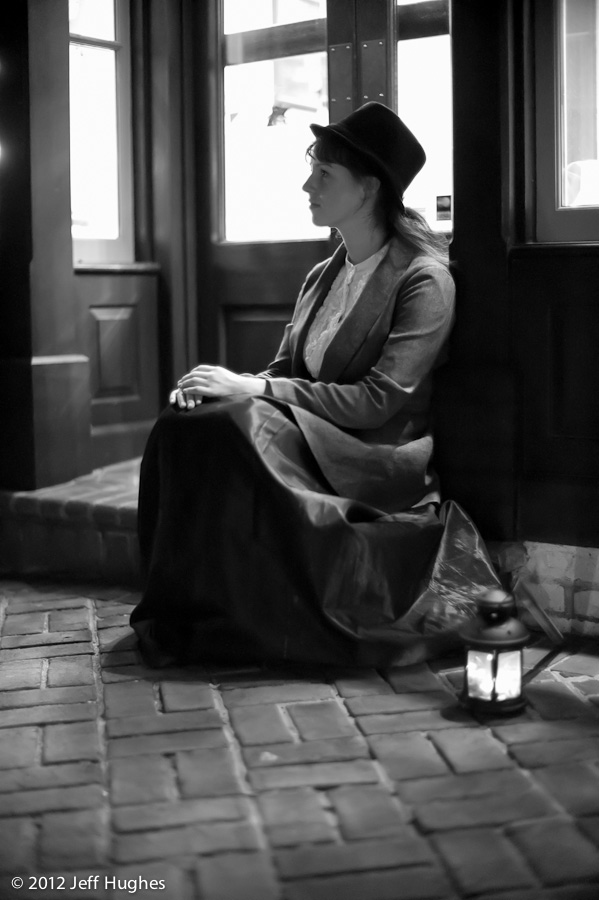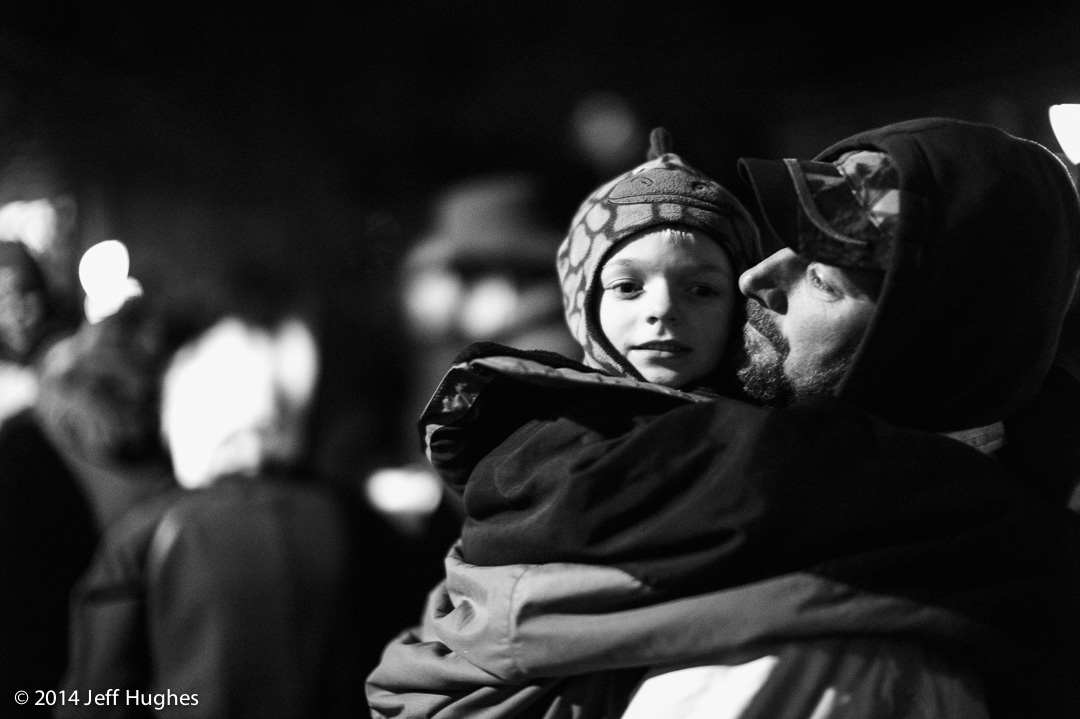Timmyjoe
Veteran
Would anyone be interested in posting a pic from their Leica (original) Monochrom, that was shot above ISO 6400 (like ISO 8000 or ISO 10,000)? I keep hearing that the noise in the images looks like film grain, but from the images I have seen on the web (on sites like Steve Huff's), I think the noise looks like noise.
I figured if anyone has come up with a way to make the noise look like film grain, it would be one of you folks.
Thanks.
Best,
-Tim
I figured if anyone has come up with a way to make the noise look like film grain, it would be one of you folks.
Thanks.
Best,
-Tim










